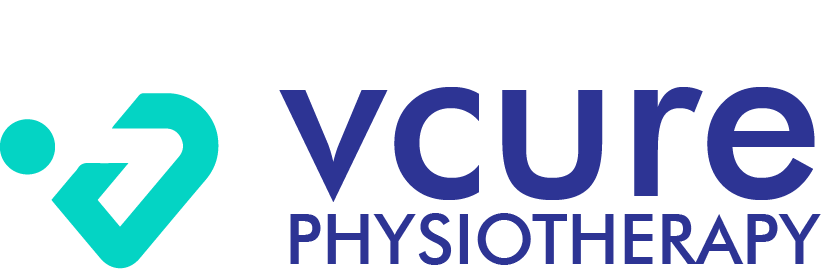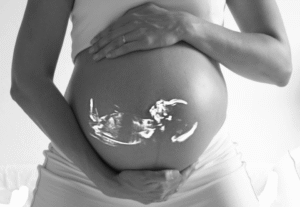What is Pranayama: Introduction-
Pranayama is the science of breathing control, moreover it is an art consisting of a concious control of breathing.
Prana means ‘life force’ and ayama is ‘the extension of life force’. it thus cleanses and purifies an individual and helps calm the agitated mind.
Benefits –
- Asthma: pranayama has demonstrated a reduction in the frequency of attacks, severity, medication requirement in addition to an improved quality of life is asthma patients.
- COPD: helps in symptom management and also provides a better quality of life
- Cancer patients: reduces fatigue and anxiety and also promotes better sleep
- Cardiac patients and also hypertensive patients- physiological benefits.
Steps in pranayama-
- 1. Inhalation
- 2. Exhalation
- 3. Retention- breath holding after inhalation and also after exhalation
Types-
Kapalabhati-
- sit in a comfortable position.
- Perform two to three deep inhalation thus followed by exhalation
- Now inhale deeply and exhale forcefully
Kumbhaka :
- start with inhalation through the right nostril followed by exhaling
- perform alternatively on both sides, with exhalation
The calming breaths:
Sukka Purvaka
- This is about alternate nostril breathing.
- the inhalation and exhalation is done with one nostril blocked and thus the other partially open.
- Inhale through the right nostril with the left blocked
- hold for a few seconds.
- Now exhale through the same nostril.
Sithali
- Be seated in a comfortable position.
- Perform five to six deep breaths.
- Now open your mouth in a “o” shape and also start to inhale through the mouth.
- Exhale through nose.
Pranayama in Motion
Traditional pranayama was practised from a seated position. In the modern world pranayama in motion is therefore a good option and can be done easily.
Pranayama while standing: perform small. movements or rotations of the neck, spine and hips. This should be followed by inhalation with some amount of spine extension, also perform breath hold to feel the energy and exhalation with the spine returning to neutral.
Leaning pranayama:. perform deep inhalation and lean on the right side. Bring body to erect position and repeat.
Dynamic tension – perform Inhalation with hands raised to shoulder level. Also Hold the breath and perform Exhalation bringing the hands down.
Also read- https://vcurehealthcare.com/what-causes-tendinopathy-of-biceps-muscle/





